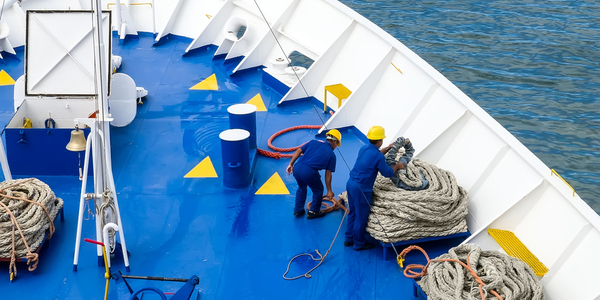During an investigation of an incident, it is important to focus on the interacting causes which have led to this particular incident, rather just focusing on the individual involved, as it will help get the bigger picture, Gard notes.
Accordingly, during an investigation, the conclusion is mostly blaming the crew. Usually, causes of the incidents are identified as procedural violations, incompetence, lack of situational awareness or the catch all, human error.
Therefore, Gard supports that an investigator’s ability to conduct a fact based investigation and understand the conditions that prevailed during the incident is sometimes derailed by their focus on finding a guilty individual.
This is known as the ‘blame instinct’ and greatly undermines the ultimate aim of incident investigation, which is to find the root cause and prevent a similar occurrence happening in the future. Such practices are usually reflective of an organisational culture that does not support open and honest reporting of failures due to the fear of consequences.
Gard presents an example, to better explain the situation.
A grounding incident which occured because the officer on watch fell asleep. Investigations of such incidents would usually blame the fatigued officer or the Master when the investigation is limited to individuals.
An investigation should ask questions such as
- Why he fell asleep?
- Were last port operations too strenuous on the officer?
- Was the manning adequate for the vessel’s operations?
- What commercial pressures were at play?
- How would the company have reacted if the master was to request a delayed departure citing fatigue as a reason?
- What is the company culture like?
The above questions can provide an overview of the conditions that led to the incident and to help understand the underlying issues, Gard highlights.
To bring about a change in the way we investigate incidents, we should bear in mind that it is not just about the individual or group of individuals involved in the incident, but multiple interacting causes which make up the conditions surrounding the incident.






























































